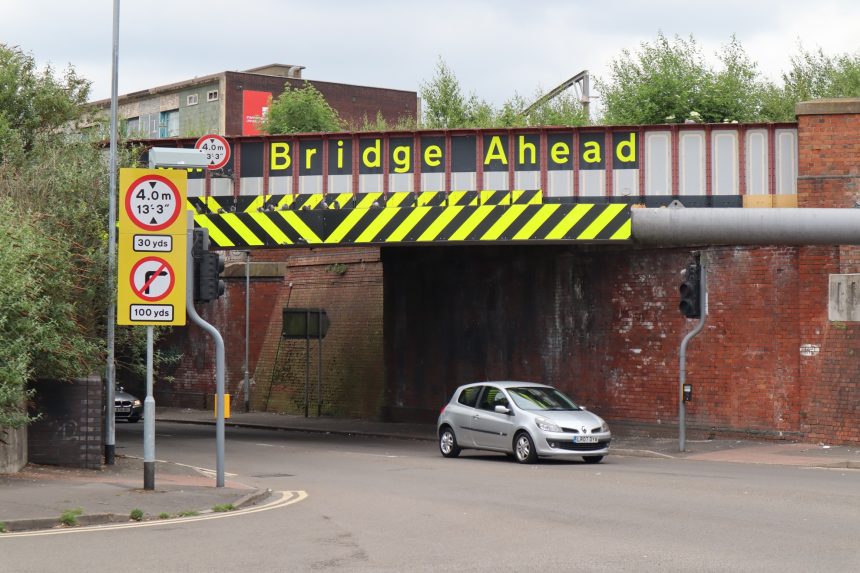The Office of the Traffic Commissioner has said that bridge strikes by commercial vehicles “remain a serious issue” and underlined how operators and drivers that fail to observe appropriate prevention measures can be subject to significant regulatory action.
Senior Traffic Commissioner Richard Turfitt has long stressed the risks to an O-Licence or vocational driving licence that come with a bridge strike. While he notes that the number of incidents has declined from its position in previous years, they remain cause for concern.
A statement from the Office of the Traffic Commissioner adds that bridge strikes can be avoided and that commercial vehicle operators and drivers “have a duty to take all practical steps to ensure that vehicles avoid colliding with infrastructure. This starts at the very basics with adequate training on risk assessment.”
To assist in communicating how seriously Traffic Commissioners view bridge strikes and the requirement for prevention, Mr Turfitt has reissued a letter on the matter first sent to operators over four years ago.
In September 2020, he told recipients that “regulatory action is a real possibility for those operators who fail to take appropriate control measures to prevent bridge strikes, as well as for the drivers involved.”
Among those measures are proper route planning, training in risk assessment, and correct information provision to drivers on the vehicles they use. Part of the latter is access to height conversion charts and measurement gauges.
A year before his letter was first issued, Mr Turfitt advised coach and bus operators that O-Licences are put at risk where a bridge strike occurs. At that time he added that use of personal satellite navigation devices should be prohibited among drivers of large vehicles by their employers.
During 2022, then-Network Rail Chair Sir Peter Hendy pointed out that bridge strikes cause millions of pounds’ worth of delays to rail services per annum. He added that Network Rail reports guilty parties to the Traffic Commissioners and seeks to recover delay and repair costs in their entirety from the vehicle operator and driver.
The Senior Traffic Commissioner’s Statutory Document on driver conduct states that if a Traffic Commissioner is notified of a vehicle colliding with a bridge or other infrastructure with carelessness or negligence as the cause, a starting point for action against the driver is revocation of their vocational entitlement and disqualification for six months.
Longstanding good practice for multiple parties including drivers, operational staff and Transport Managers to prevent bridge strikes remains available on the gov.uk website.



























